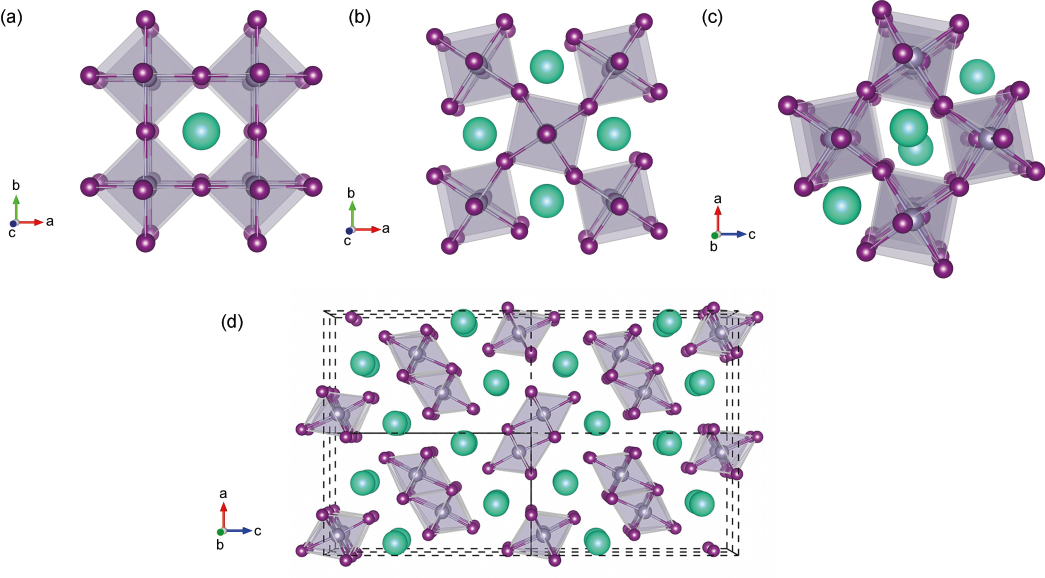Some weeks ago, I had a conversation of deep interest with Dr Tomas Leijtens from Stanford University. Tomas has important research expertise in perovskite stability. Thus he wrote some month ago a review about it: Towards enabling stable lead halide perovskite solar cells; the interplay between structural, environmental, and thermal stability.
The point to understand before reading this review is that Tomas was among the first to design perovskite solar cells in 2012. At the time, he was a PhD candidate in Prof. Henry Snaith’s laboratory where was discovered the photovoltaic properties of metal halide perovskites. For this reason, he has spent 5 years observing their degradation and how it happens. This review is, therefore, a bit special: it resonates as his own perspective on stability.
To what extent are Perovskite Solar Cell unstable?
Perovskite solar cells major problem is their instability. It is actually the one to solve in the coming years before it can hit the marketplace. Because of their rapid evolution, many of the problems are evolving and today’s problem with stability are not the one perovskite used to face.
ABX₃ organometal halide materials can crystallise in the so-called perovskite structure (the name was inspired from the Perovskite, a piezoelectric mineral). In this configuration, PV properties have been measured and are about to exceed silicon performances. Under uncontrolled chemical, temperature or illumination conditions, the metal halide compounds might evolve in other crystalline phases or into any structure that has no optical property. Therefore, scientists observe losses in the PCE.

There are other ways to deteriorate the PV properties of the perovskite solar cells. Thermal decomposition is one of them. In fact, temperature disrupts the crystal lattice, and acceleration of this phenomenon has been observed with moisture and oxygen. Organic material like methylammonium has been shown to be the source of this thermal instability because it is acidic and volatile. Replacement with Cesium has shown enhanced thermal stability.
Furthermore, moisture and oxygen are the most harmful for the perovskite solar cells stability. Oxygen leads to photo-oxidation of the devices that worsen the PV properties. Moisture can create hydrogen bonds with the acidic Methylammonium cation. That deteriorates the structure.
Encapsulation is a way to lower such stability deficiency.
Tomas has shown that these stability concerns are linked to each other. To fix one of these, one should take into consideration the others, because they can have a positive influence. Devising a less acidic or aprotic cation, for example, can overcome both the moisture and the thermal issues.
Stability, but at which timescale?
When talking about his work, Tomas had a valuable view of the stability problem:
I think that the community we are focuses too much on quick test on stability. We have to move to relevant stability tests. A solar panel usually lasts 25 years on a rooftop. Even if it is not our primary goal, it is necessary to carry out long scale research.
To do so, we could find inspiration by looking at existing thin films PV manufacturers. How do Firstsolar, Miasolé, or others package their module, what layers do they use? Finding inspiration from these could lead to a lasting solution.
Moreover, we have to focus on things that cannot be done by other technologies. For a long time, perovskite solar cells researchers have capitalized on what was done with other PV technologies like OPV. However, there are problems that can not be solved by comparing to other technologies. The big question is about mobile ions. The crystalline structure implies we have to solve this problem ourselves with new and distinctive ideas.
In the next several years, moisture, oxygen and mechanical are the problem to solve. His idea on it will lead to a much mature technology.
Hope drives the research
I found Tomas’ conclusion strong: “This[…] makes us optimistic that perovskite solar cells can reach the level of stability required for commercial applications.” Currently, no sign shows that this will be the case. But he is very positive and explains why:
In this field more than anywhere else, there are lots of sceptical readers. This strong finishing sentence helps us to keep motivated. We all know that with more work we can do it. It does not especially mean it will last 25 years on a rooftop. Yet the big challenges we were looking at 2 years ago are solved and we have good strategies. I promise surprising steps forward towards commercialisation.
I have no doubts that with such a perspective, perovskite will still be a long-term topic of conversation!
Contact Information
Dr Tomas Leijtens, Department of Materials Science, Stanford University, leijtens@stanford.edu
The Perovskite illustration has been drawn by Walsh et al.
 0000-0002-6484-2157
0000-0002-6484-2157